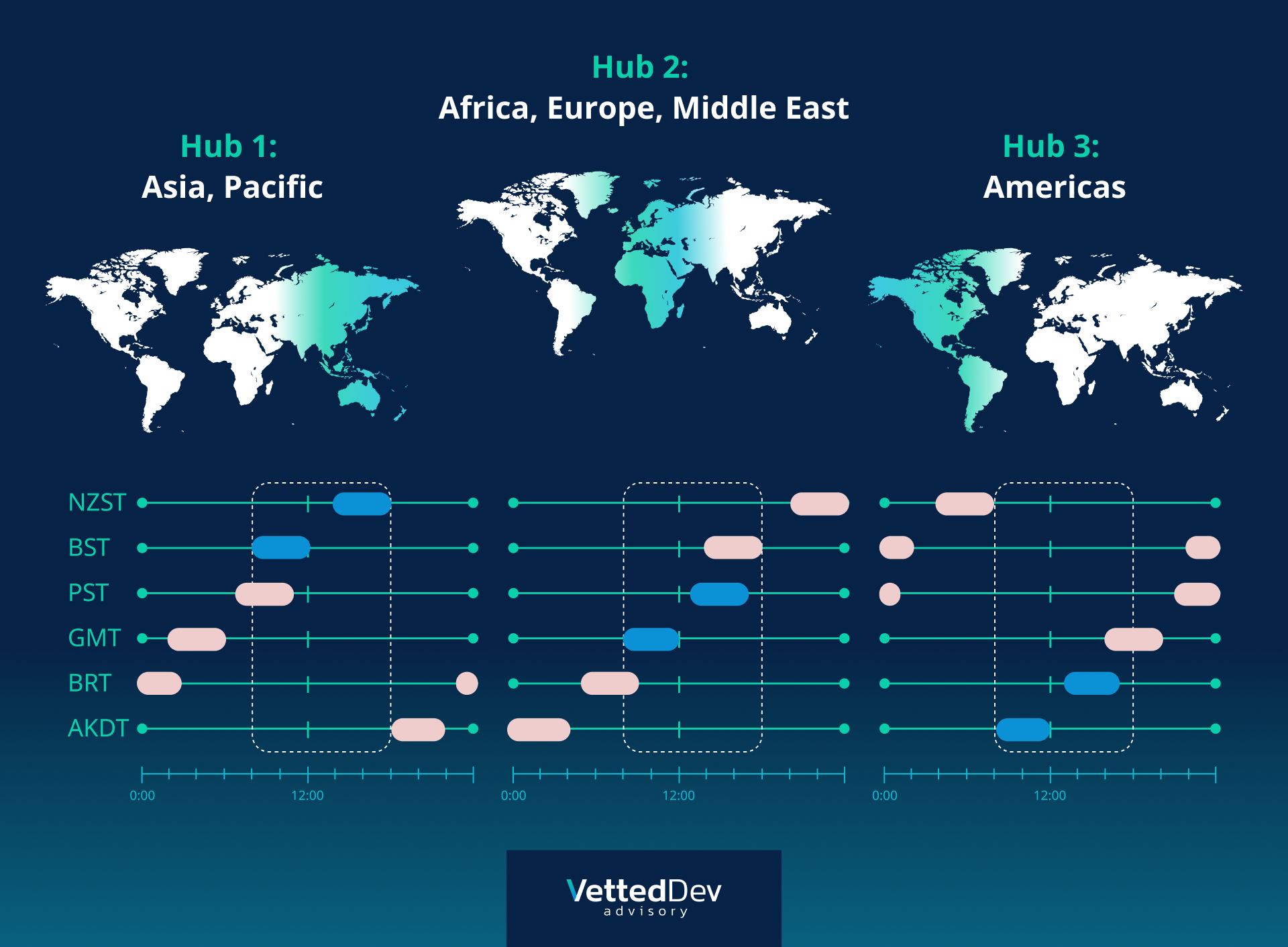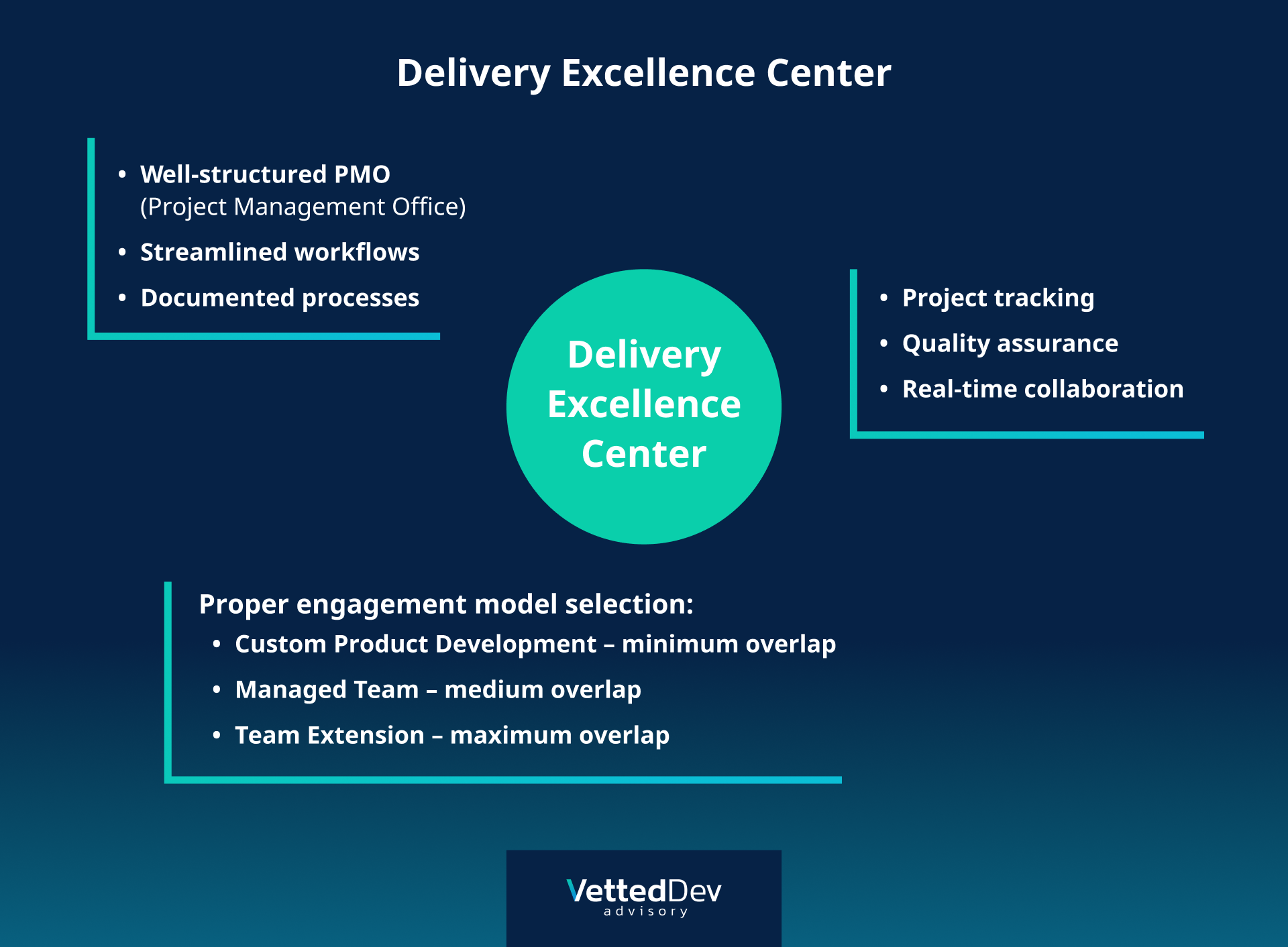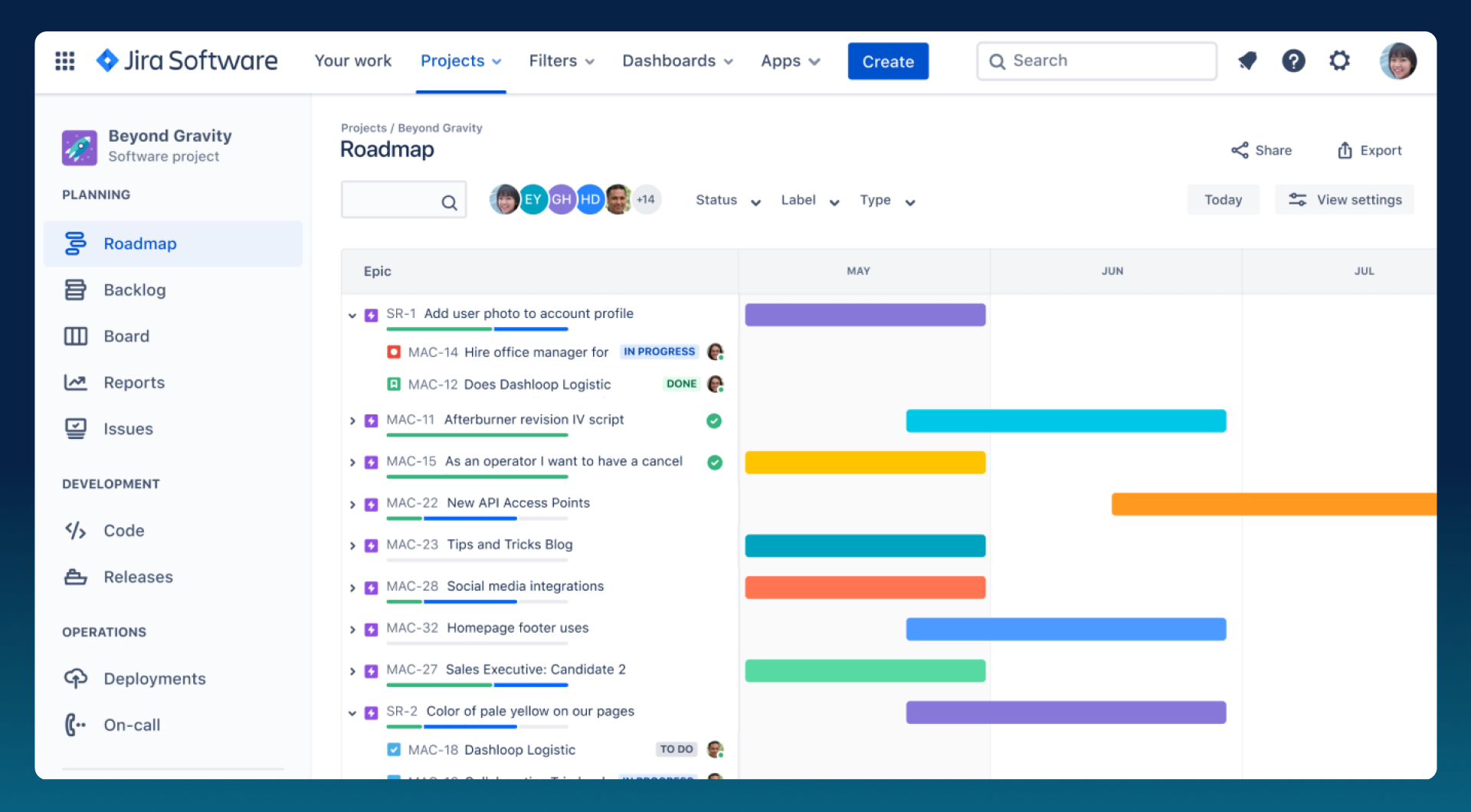Overcoming Time Zone Challenges in Offshoring: How Modern Vendors Keep Founders in Sync
By VettedDev.net
Introduction
One of the biggest concerns for startup founders and tech leaders in North America when offshoring software development to Europe or Asia is the time zone difference. Communication gaps, delayed responses, and coordination issues often top the list of fears and rightly so. In a world where speed and responsiveness often make the difference between success and stagnation, the thought of being out of sync with your development team can feel like a dealbreaker.
But let’s take a step back and unpack this a bit. Is time zone difference really an insurmountable challenge? Or has the global talent market matured enough to turn this into an operational advantage?

The Challenge: Asynchronous Communication & Reduced Overlap
At face value, working with a team that’s 6–12 hours ahead or behind can present several real obstacles:
- Limited real-time collaboration: Especially in high-velocity environments or when building new features that require frequent feedback.
- Delays in clarification: Simple questions can take a full day to resolve.
- Team disconnect: It’s harder to build rapport and team culture when most interactions are async.
These issues are particularly sensitive when the outsourced vendor is handling:
- Day-to-day SaaS product development
- Ongoing support and maintenance projects
- Fast-turnaround marketing websites or client demos
But here’s the key: time zone challenges don’t stem from geography, they stem from process immaturity.

How Experienced Vendors Turn Time Zone Differences Into Strengths
Mature outsourcing partners have evolved far beyond just throwing developers at a project. Leading companies in Eastern Europe, South Asia, and Southeast Asia have built robust internal systems specifically to address these gaps. Here’s how:
1. Established PMO and Delivery Excellence Centers
A well-structured Project Management Office (PMO) acts as the glue between time zones. They ensure:
- Clear documentation of every decision
- Defined workflows with checkpoints that require minimal live touchpoints
- Risk management and early flagging of blockers
Paired with a Delivery Excellence Center, vendors provide:
- Consistent quality assurance across all teams
- Metrics-driven project tracking
- Continuous improvement cycles
With these frameworks in place, you don’t need full-day overlaps 1–2 hours of focused sync time is enough to drive projects forward.
2. Flexible Engagement Models
Different types of outsourcing relationships handle time zone challenges differently:
Custom Product Development
The vendor takes full ownership. This model thrives even with minimal overlap so long as the roadmap, feedback loops, and escalation paths are well-defined.
Managed Team
Here, the vendor manages a team that integrates closely with your business. A bit more overlap is needed (typically 2–4 hours), but when paired with strong local project leadership, it remains efficient.
Team Extension
You’re hiring engineers as part of your internal team. This model benefits most from overlapping hours, but again, smart vendors will adjust team hours or assign a part-time coordinator to bridge the gap.

Use Case: Varying Client Needs
Let’s break down how time zone challenges differ across typical offshore engagements:
Project Type
| Time Zone Risk | Mitigation Strategy |
SaaS Product Development
| High | Strong product owner role, agile ceremonies during overlap, async documentation |
Website Development
| Medium | Clear specs, design-driven development, pre-scheduled QA & feedback loops |
Support & Maintenance
| Low | Predefined SLAs, rotating shifts or 24/7 support desks |
MVP / PoC Buildouts | Medium-High | Weekly check-ins, design sprints with joint planning windows |
What Makes Offshoring Work (or Not)
Whether the experience is seamless or frustrating often comes down to these factors:
- Experienced Management Team: Have they run cross-continental teams before? Do they offer proactive communication and escalation protocols?
- Process Maturity: Are they using modern project management tools like Jira, Linear, or Notion? Do they follow agile, scrum, or a hybrid suited to your style?
Client Readiness: Are you as the client ready to support distributed work? Do your product managers, designers, and QA engineers understand how to work asynchronously?

Final Thoughts: Not a Dealbreaker—A Strategic Advantage
When managed right, time zone differences can actually work in your favor:
- “Follow-the-sun” development: While you sleep, your team is building. Wake up to completed stories, bug fixes, or deployed features.
- Global business continuity: Teams in different regions ensure uptime and responsiveness across broader hours.
- Access to top-tier talent without the local hiring wars or budget strain.
So if you’re evaluating an offshore partner, don’t just ask where they’re based but ask how they run projects, what overlap windows they support, and how they structure their teams for communication and accountability.
At VettedDev, we’re all about helping founders make smarter, safer outsourcing decisions. The world may be global, but delivery should always feel local.
Looking for a vetted offshore vendor with mature delivery practices? Drop us a message and we’ll help you find the right fit.
For more insights on finding the right outsourcing partner? Visit VettedDev.net for guides, tips, and curated recommendations.
